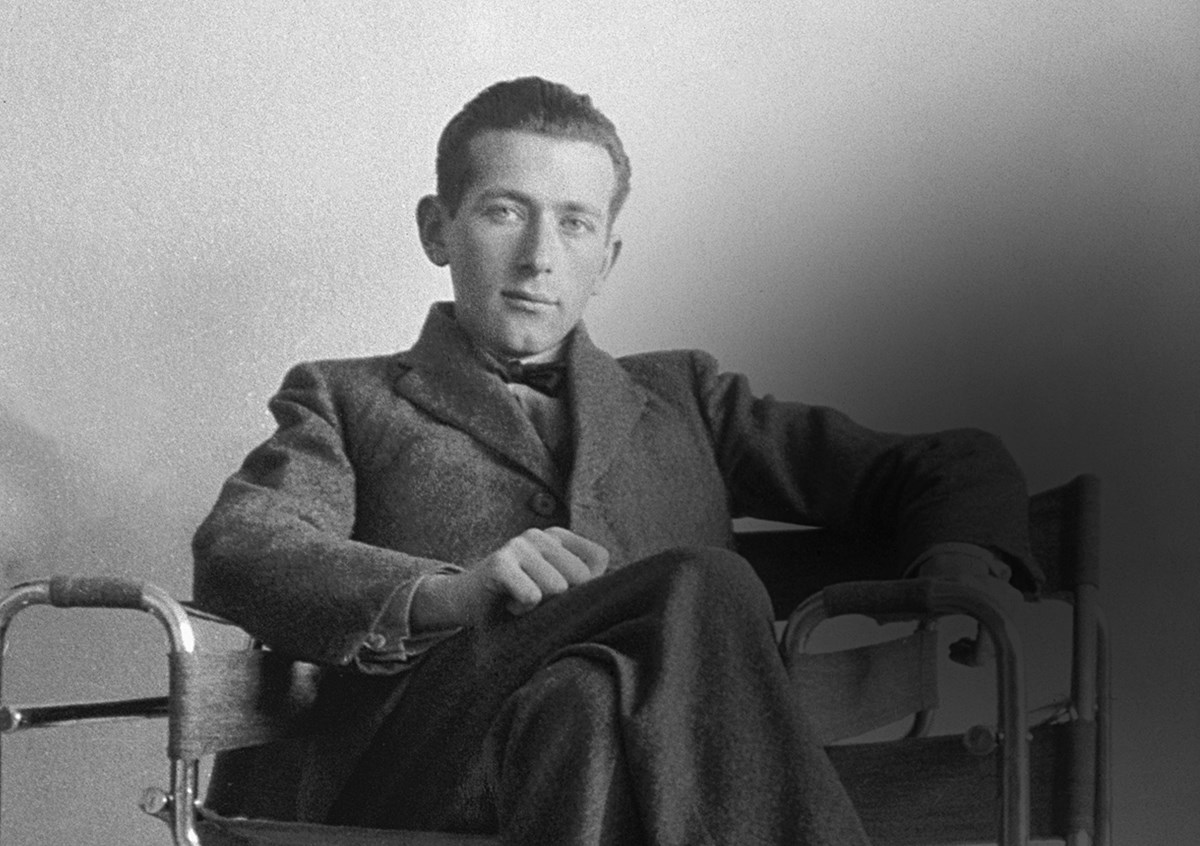Delfi Table
- Designer:
- Marcel Breuer
- Brand:
- Cassina
We don't appear to have any products related to your search term. Please try again.
Shipping and discount codes are added at checkout.

Marcel Lajos Breuer was born on the 21st May, 1902. He was a Hungarian-born modernist architect and furniture designer.
Breuer was also considered one of the most-influential designers within International Style; art forms which displayed the industrial age through new forms and newly developed technology. In 1925, the Wassily chair was invented, inspired by the design of bicycle handlebars. He is well known for designing the Wassily Chair and the Cesca Chair, two of the most significant chairs of the 20th century, during his time at the Bauhaus. He studied, and later taught there from 1920 - 1928.
Come 1928, Breuer established the private practice of architecture in Berlin. There, he designed the Dolderthal Apartments in Zurich from 1934 - 1936 upon the request of Swiss architectural Sigfried Giedion. During the two years he worked at an architectural practice in London, he designed laminate plywood furniture for the Isokon firm, in collaboration with F.R.S Yorke. This project would go on to be excessively replicated and reproduced for time to come. In 1937 he went to Harvard University where he taught architecture, and from 1938 to 1941 he practiced with Gropius in Cambridge, Massachusetts. Their synthesis of Bauhaus internationalism with New England regional aspects of wood-frame building greatly influenced domestic architecture throughout the United States. Examples of this style of building were Breuer’s own house at Lincoln, Massachusetts (1939), and the Chamberlain cottage at Wayland, Massachusetts (1940).
Breuer moved to New York City in 1946, and thereafter attracted numerous major commissions: the Sarah Lawrence College Theatre, Bronxville, New York (1952); the United Nations Educational, Scientific and Cultural Organization (UNESCO) Headquarters, Paris (1953–58; with Pier Luigi Nervi and Bernard Zehrfuss); St. John’s Abbey, Collegeville, Minnesota (1953–61); De Bijenkorf department store, Rotterdam (1955–57); the International Business Machines (IBM) research centre, La Gaude, France (1960–62); and the Whitney Museum of American Art, New York City (completed 1966); and the headquarters for the Department of Housing and Urban Development (HUD), Washington, D.C. (1963–68). He retired from practice in 1976.